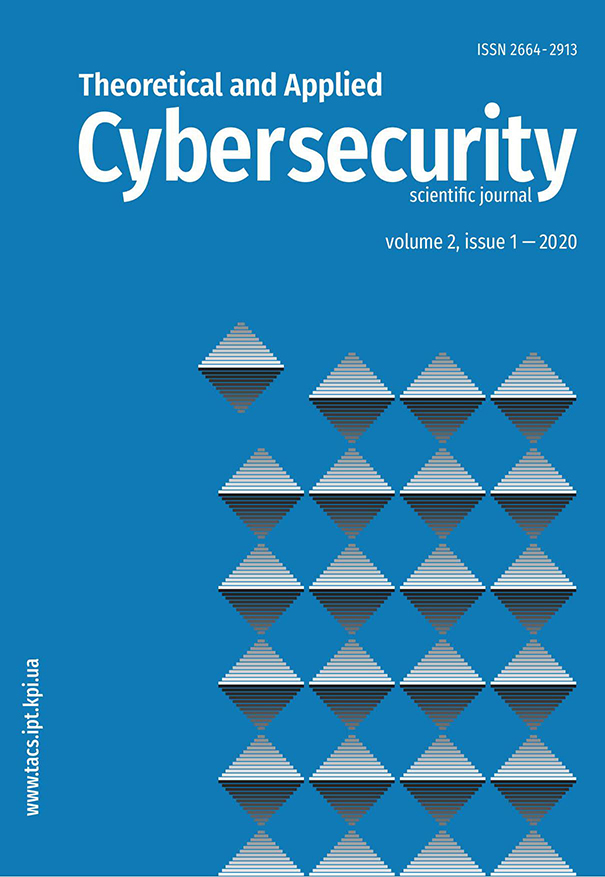Malicious and benign websites classification using machine learning methods
DOI:
https://doi.org/10.20535/tacs.2664-29132020.1.209434Abstract
Nowadays web surfing is an integral part of the life of the average person and everyone would like to protect his own data from thieves and malicious web pages. Therefore, this paper proposes a solution to the discrimination of malicious and benign websites problem with desirable accuracy. We propose to utilize machine learning methods for classification malicious and benign websites based on URL and other host-based features. State-of-the-art gradient-boosted decision trees are proposed to use for this task and they have been compared with well-known machine learning methods as random forest and multilayer perceptron. It was shown that all machine learning methods provided desirable accuracy which is higher than 95% for solving this problem and proposed gradient-boosted decision trees outperforms random forest and neural network approach in this case in terms of both overall accuracy and f1-score.
Downloads
Published
Issue
Section
License
Authors who publish with this journal agree to the following terms:
Authors retain copyright and grant the journal right of first publication with the work simultaneously licensed under a Creative Commons Attribution License that allows others to share the work with an acknowledgement of the work's authorship and initial publication in this journal.
Authors are able to enter into separate, additional contractual arrangements for the non-exclusive distribution of the journal's published version of the work (e.g., post it to an institutional repository or publish it in a book), with an acknowledgement of its initial publication in this journal.
- Authors are permitted and encouraged to post their work online (e.g., in institutional repositories or on their website) prior to and during the submission process, as it can lead to productive exchanges, as well as earlier and greater citation of published work (See The Effect of Open Access).

